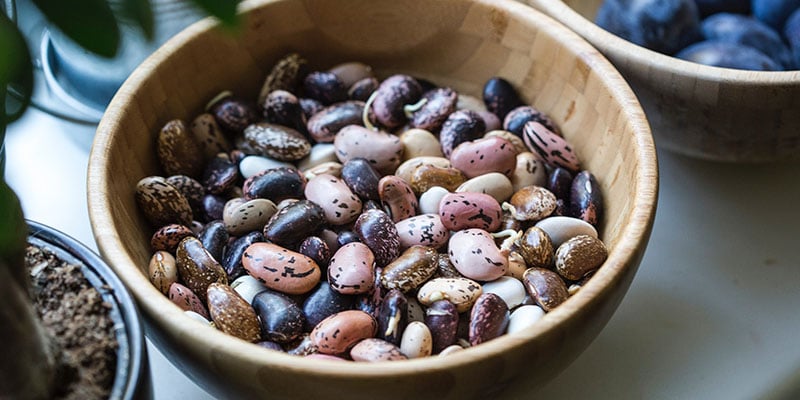
Five legumes and pulses packed with plant protein
News
Containing a surprising amount of protein, legumes and pulses are versatile plant-based substitutes for meat in many popular dishes.
Choosing these legumes and pulses will help you take the first steps towards eating more plant protein.
Kidney beans have 8 grams of protein per 100 grams.
Kidney beans are the perfect addition for heartier soups, healthier salads and taco fillings or nacho toppings that burst with flavour. Use a food processor or blender to grind the kidney beans into a paste, and stir into a veggie burger mixture or ‘meatless meatball’ recipe.
Lentils contain 7 grams of protein per 100 grams.
Lentils are highly versatile and have a rich, earthy texture. Toss cooked, drained lentils into salads, or fold into an omelette mixture before cooking. You can make a pasta sauce thicker and heartier by adding cooked lentils, or subsitute meat for lentils stew or taco filling recipes. Like kidney beans, ground cooked lentils make a great veggie burger or ‘meatless meatballs’ mixture.
Chickpeas / Garbanzo beans have 7 grams of protein per 100 grams.
With a nutty, buttery flavour and creamy texture, chickpeas stand up on their own, and can be used to enhance many recipes. Add them to salads, soups, and stews. Or, as with kidney beans and lentils, grind them into a paste and add to veggie burgers or meatless meatball recipes. Blend cooked, drained chickpeas with tahini, garlic, olive oil, and lemon juice to make a tasty, nutritious hummus spread.
Black beans contain 5.4 grams of protein per 100 grams.
Black beans have a creamy texture and a subtle taste. Like tofu, they tend to take on the flavours of the other ingredients. Try them in soups, tacos or ground up in a veggie burger patty. For a stunning and colourful side salad, toss cooked black beans with corn, red onion, chopped tomato, coriander, lime juice, chilli flakes, salt, pepper and olive oil.
Peas have 4 grams of protein per 100 grams.
The humble pea has come a long way since being just one of several steamed veggies on a dinner plate. Dried spilt green or yellow peas make the best, most satisfying, vegetarian pea soups, but fresh or frozen peas can be used in paellas, pestos, pastas, and risottos.
Discover some of these healthy legumes and pulses for yourself and see what delicious new dishes you can create.
Eating more plant protein will have a positive impact on your health, and consuming more plant protein options will also help reduce the unsustainable demand for animal products that causes the suffering of millions of animals and threatens our environment.
Discover some of these healthy legumes and pulses for yourself and see what delicious new dishes you can create.